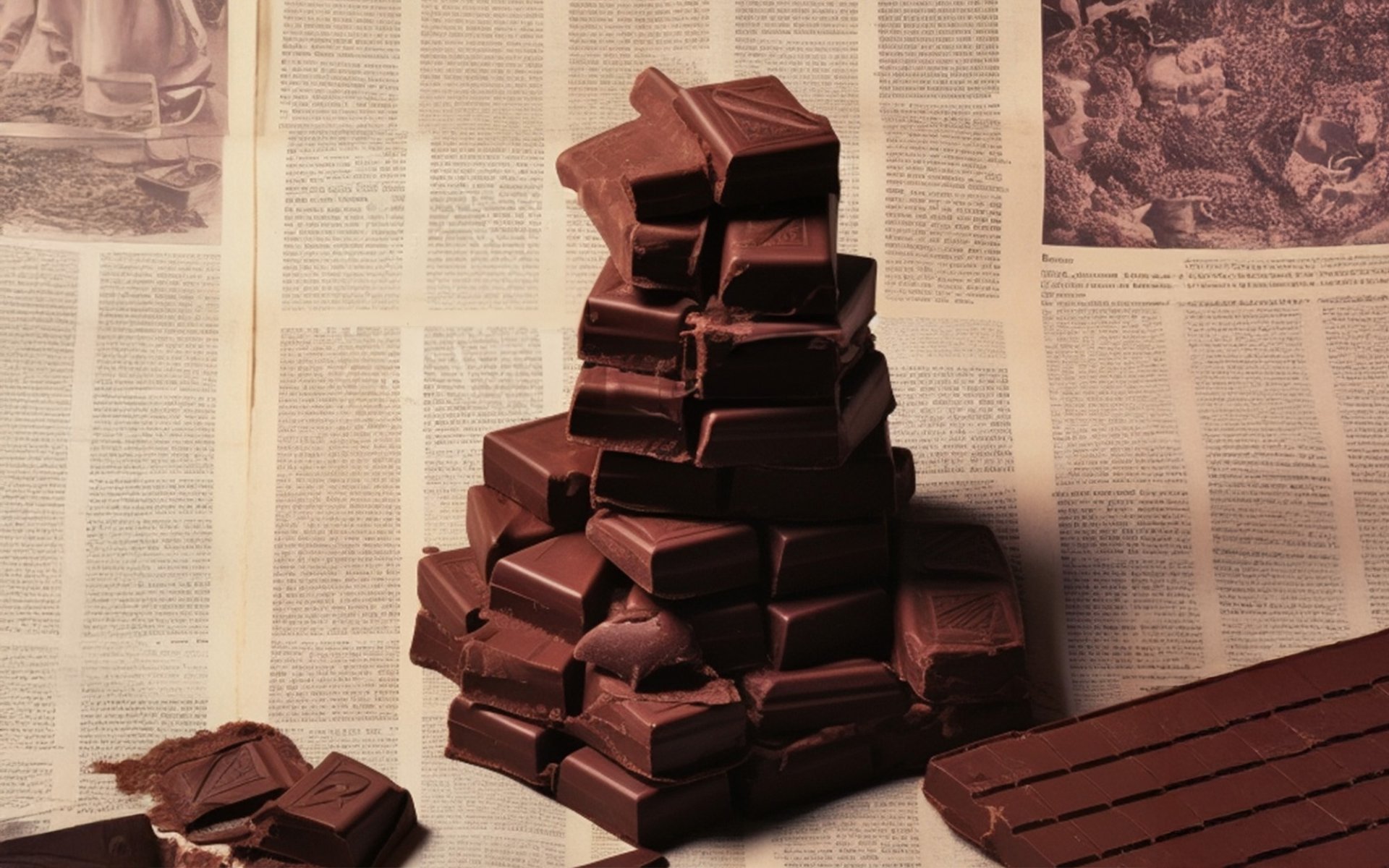Chocolate

Chocolate has long captivated the hearts of millions worldwide, whether in bar form, as a beverage, or as an ingredient in various desserts. The story of chocolate begins fascinatingly in the Mesoamerican region, where the magic of the cacao bean was first discovered. Today, Rimping Supermarket invites you to retrace chocolate's journey from its ancient past to the present day.
Origins in Mesoamerica: Sacred Drink, Valued as Gold
It is believed that the Olmec (1500 400 BCE) civilization was the first to cultivate cacao trees and begin to utilize them. However, it was later the Mayans and Aztecs who truly adopted cacao to create a bitter beverage flavored with chili peppers and other spices like vanilla and allspice. This early form of cocoa drink was typically used in religious ceremonies, royal feasts, and reserved for the elite. It was considered a sacred drink, deeply connected to deities and abundance.
In this early era, cacao beans were said to be as valuable as gold and were even used as currency or to pay taxes levied by Aztec rulers on their subjects. This highlights how rare and highly valued chocolate was in ancient times, long before it became known to people on other continents.
Chocolate to Europe : From Elite Beverage to Industrial Revolution
As time passed, in 1544, after Spanish explorers Christopher Columbus and Hernán Cortés journeyed to the Americas, they brought cacao beans back to Europe, particularly to Spain. In its early days in Europe, chocolate was vastly different from what we know today. It remained a bitter beverage rather than a sweet one. The Spanish were among the first to begin adding sugar or honey to sweeten it, adapting the taste to European palates. Subsequently, chocolate began to spread to other European countries like France, Italy, and England, but it was still consumed exclusively by the aristocracy and the wealthy.
Later, the 17th century marked the beginning of The Chocolate Revolution. The invention of the cacao grinding machine allowed chocolate manufacturers to grind large quantities of cacao and produce chocolate rapidly. As a result, chocolate became sufficiently available for the general European populace, not just the elite, making it accessible to a wider audience.
Key Innovations: The Birth of Cocoa Powder and Milk Chocolate
The progress didn't stop there
- In 1829: Dutch chemist Coenraad Johannes van Houten invented a cocoa press to extract all the cocoa butter from the beans, leaving behind the powder we now call cocoa (Cocoa Powder). This separation of cocoa butter not only improved the taste of chocolate by reducing its bitterness but also made it easier to produce solid chocolate bars.
- In 1875: Swiss chocolatier Daniel Peter successfully invented milk chocolate by combining condensed milk with chocolate. Peter's invention not only created the world's first widely popular chocolate confectionery but also paved the way for the development of many new forms of chocolate.
Modern Chocolate : Mass Production and Diverse Varieties
By the late 19th century, numerous chocolate brands emerged, such as Cadbury and Hershey's. These companies were able to mass-produce chocolate at affordable prices. Consequently, chocolate became inexpensive and widely available. Furthermore, this era also saw the introduction of nuts, fruits, and other ingredients, leading to new forms of chocolate bars that are well-known globally, such as Snickers, M&Ms, and Reese's.
Milton Hershey, the American entrepreneur, played a crucial role in revolutionizing chocolate by introducing milk chocolate to the American market. His famous Hershey's Milk Chocolate bar became a staple during wartime, as the U.S. government recognized chocolate's high energy value for soldiers, making it a part of military rations.
Chocolate Today: From Revolution to Craft Chocolate
While The Chocolate Revolution may have begun centuries ago, today, chocolate makers continue to explore unique and innovative ways to craft chocolate. This has led to the rise of Craft Chocolate, which emphasizes flavor, quality, and the origin of the cacao beans rather than solely focusing on mass production. This shift allows consumers to experience the complex tastes and aromas of true chocolate like never before.
As a result, chocolate today is available in a vast array of forms, from standard chocolate bars, cocoa powder, milk chocolate, and dark chocolate, to chocolates blended with exotic ingredients. It truly caters to every consumer's desire.
You can find a wide variety of chocolates and high-quality ingredients for baking and making chocolate drinks at all Rimping Supermarket branches to add sweetness and joy to every moment.


